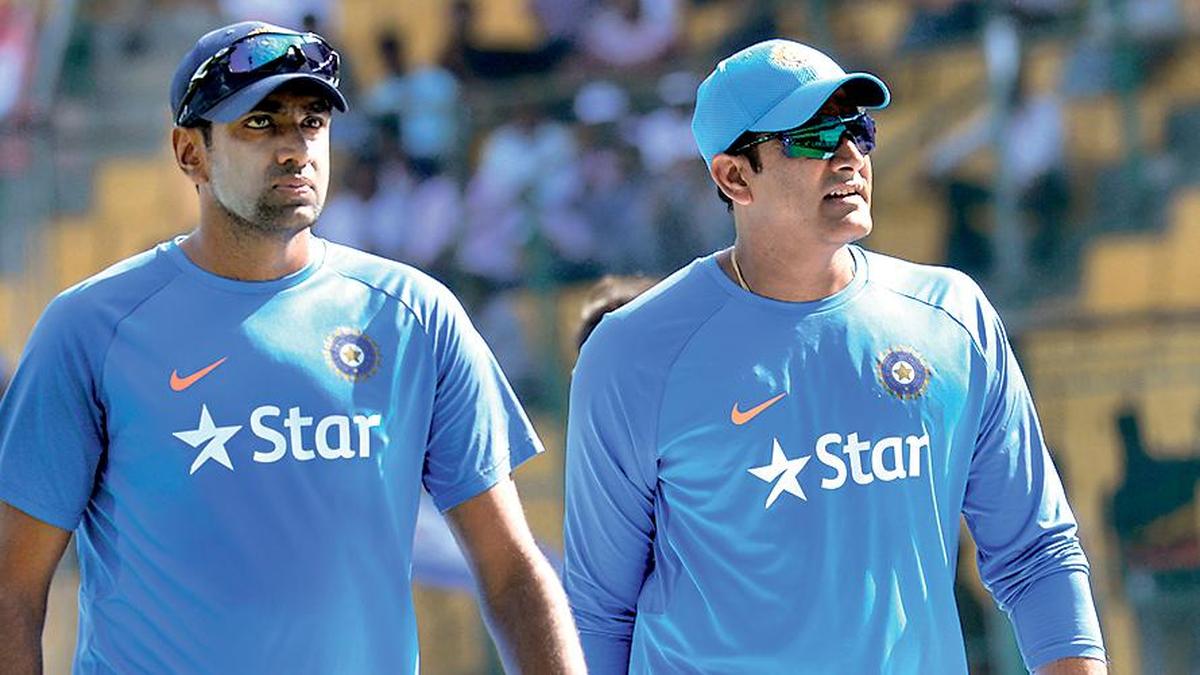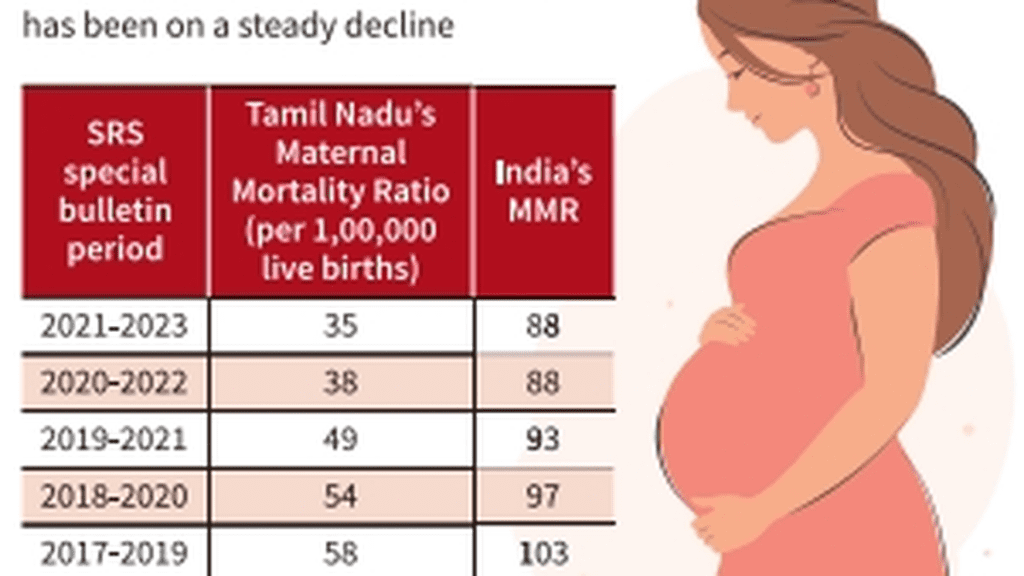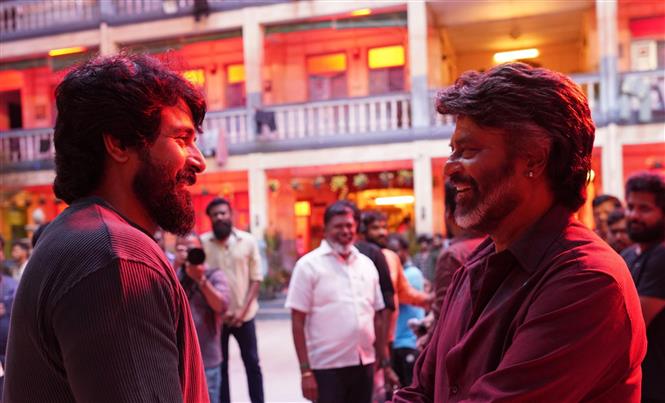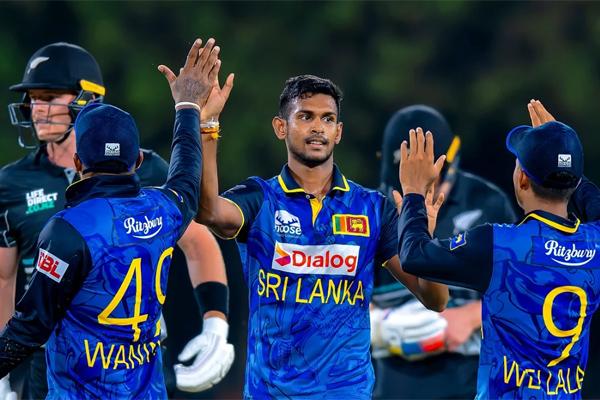Anil Kumble: ‘Ashwin should have played in every match outside India’

Anil Kumble: ‘Ashwin should have played in every match outside India’
Ravichandran Ashwin is a matchwinner. He is a thorough professional who has excelled throughout his career. Every time you watch him bowl, you can see that he wants to get better and is trying to outwit the batter in any circumstance. You want to see that in any cricketer, and he’s done that for 14–15 years.
He is looking at identifying who the main threats could be from the opposition and invariably looks to be in the thick of the action. Look at the number of five-fors he has had. It tells you how much he matters to the team. Ashwin believes in being proactive and staying one step ahead. He says, ‘This is what I’m trying to do.’
The first time I saw him in person was probably during the 2011 IPL final against Chennai Super Kings (CSK), where he took those wickets against Royal Challengers Bengaluru (RCB). He has certainly evolved in terms of trying to understand his craft. It’s not easy when you have that kind of expectation from the team and everyone else. Day in and day out, you expect him to pick up five wickets, and he does so consistently.
Unfortunately, the team management did not consistently select Ashwin to play in England, South Africa, and Australia, which has always perplexed me. With Ravindra Jadeja bowling in tandem, India could have had these two in every match. Ashwin has consistently picked wickets on every surface he has played on. So to typecast him as a spinner, mostly in subcontinent conditions, is not fair.
A good-quality batter or bowler should be able to adapt, and Ashwin has, even though he has not had the opportunity to play in those matches consistently. Otherwise, he would have been far ahead of everyone else in terms of his wicket-taking ability. Ashwin always gave enough indications about his hunger and ability to run through batting line-ups.
You must be a high-quality bowler to pick wickets on any pitch, right? Whether it’s aiding you or not, you set such high standards in India because there is help for the spinner. India took great advantage of preparing such pitches for a few years, but you need the skills to score runs or take wickets.
Outside India, the conditions mostly favour the faster bowlers, at least in the first innings, and then slowly, it starts getting better for batting. Ashwin is a class act, and India missed the trick by not consistently giving him those opportunities. He is a thinking cricketer and would have adapted.
I preferred bowling with the new ball. I had the seam upright, the ball was hard, and I could use the shine. You would get a bit of drift or swing overseas with the new ball. Unlike overseas, you rarely have any breeze in India because the stadiums are closed. I also loved the new ball because you could extract more bounce. That’s what Ashwin did, and he was highly successful.
On a personal level, I appreciated his approach to the game. He always had his views. It’s not easy to convince an Ashwin. I might say he could try something for his benefit, but he would always counter, ‘This is what I think I can do, and I’ll still get you wickets.’ He would have his views and stick to them. High-quality bowlers do that, working on the batter and getting him out. Ashwin was good at setting up batters.
I also encouraged him to value his batting. When I was the coach on the tour of the West Indies (in 2016), we moved Ashwin up the order because I, for one, believed he had the technique and ability to play ahead of (Wriddhiman) Saha. Ashwin batted at No. 6 and scored a couple of hundreds in Antigua (113) and St. Lucia (118). He was ‘Man of the Match’ in both those games.
I also felt he could be an ideal all-rounder. India always talks about fast-bowling all-rounders. You had quality spinners and batters in Ashwin and Jadeja. They were two good batters when in form and could bat anywhere in the middle order. They should have played in every match outside India.
I have encountered comparisons between Ashwin and Harbhajan (Singh). I don’t believe in comparisons. I am the last person to say one is better than the other. Harbhajan could get serious bounce, bowl a different line outside the off-stump, and make the batter play through the offside. He mostly bowled over the stumps to the right-handers. Harbhajan also had the doosra. Both were great bowlers.
Ashwin was more stump-to-stump and rarely bowled the outside off-stump line to the right-hander from over the stumps. He was more round-the-stumps and tried to get the batter out LBW. The game has changed. The players’ mindsets have changed. The batters have changed, too, in terms of approach.
I remember telling Ashwin he should get to 600 when he crossed the 500 mark — and then 619. The way he was going, he had a very good chance. He didn’t have a great series against New Zealand, but that was one in 14 years.
Players who have contributed for such a long period deserve a grand farewell. They need to be sat down and offered an appropriate plan on how you want them to leave the game. I was very disappointed with the way Ashwin left. Many cricketers in the past missed out on a farewell, too. The kind of benchmarks he has set won’t be easy for anyone to live up to. He served Indian cricket with distinction.










